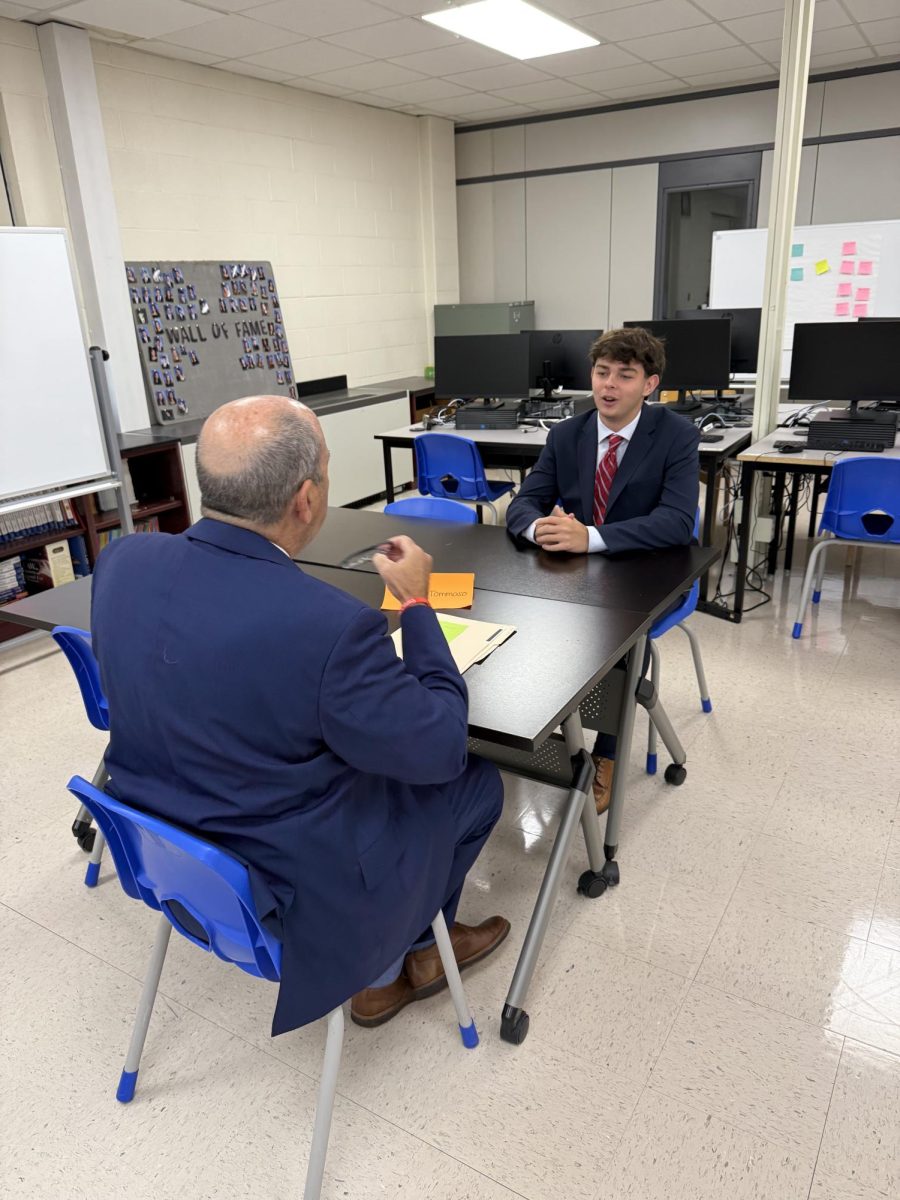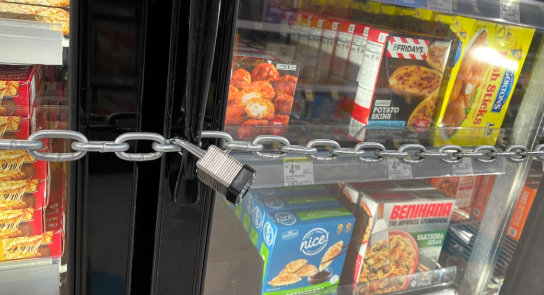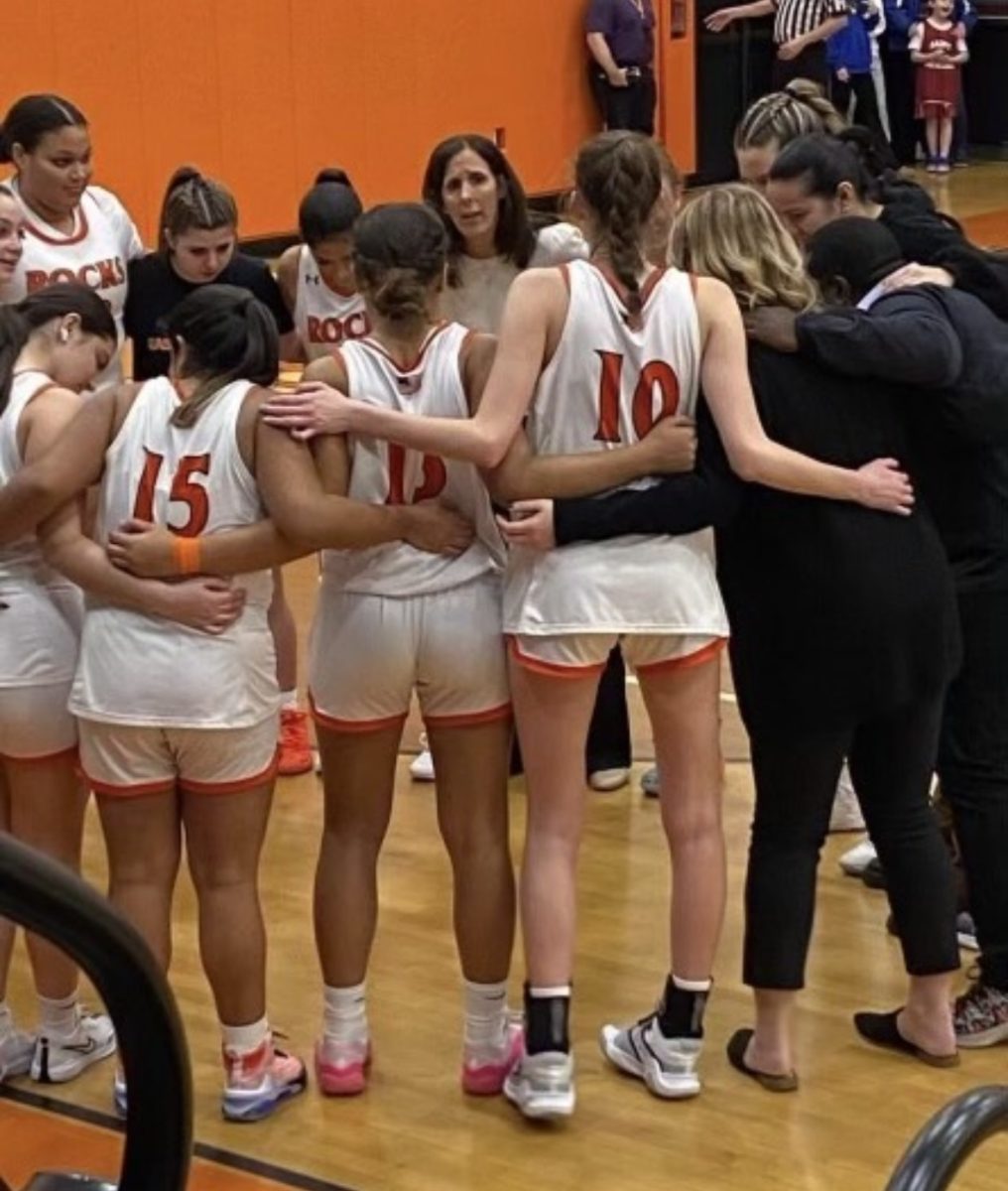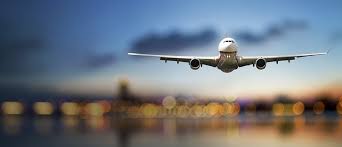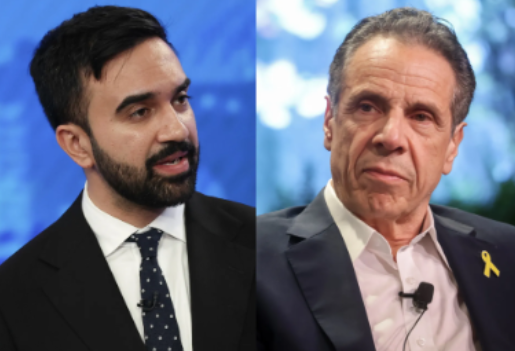With the likelihood of any given plane crashing being roughly 1 in 11,000,000, most who step foot onto an airplane come off after a few hours of turbulence and boredom entirely unscathed apart from some stiffness after such a long time spent seated. Due to the rarity of these events, it comes as a huge shock to people across the entire world when a plane crash actually occurs, leaving people a little more on edge the next time they board a flight. A tragic crash of this nature occurred on January 29th, an unforeseen event that was at first nothing more than a devastating anomaly, with friends and families of the 67 passengers aboard the plane left to mourn their loved ones. However, public response to this crash began to shift from surprise to a deeper concern when just 2 days later yet another plane crash occurred, making people worry that something was going wrong in the world of air travel.
Following this series of crashes, the Federal Aviation Administration (FAA) has faced copious amounts of backlash from both the general public and the government, with most assuming multiple crashes in such close succession must come down to some incompetence within the agency as they are in charge of regulating the skies. In fact, the organization’s failings have begun to be further highlighted in light of these events, with many aviation safety advocates calling them out on their lack of effort in solving safety concerns despite demands from Congress to work on these problems due to a series of near misses in air safety that could have ended badly. These advocates theorize that the FAA simply doesn’t feel taking action on these issues to be an urgent concern due to the long stretch of time that has passed since they were responsible for a plane crash prior to recent events, but the recent series of crashes has debunked any belief that these issues are unimportant, leaving the FAA looking as though their lack of attention to their work caused these horrific accidents.
After the FAA received this endless sea of criticism, Congress has begun to work on ideas as to how to upgrade aviation technology, which has become increasingly outdated in this time that the FAA has been more relaxed in improving their safety protocol, in an attempt to avoid future plane crashes. As air traffic controllers are relying on this technology to properly fill the vital role of monitoring and tracking all flights to ensure they’re going smoothly throughout their journey, upgrading this technology is crucial in ensuring safe flights, making this action long overdue. However, no clear plan or timeline for these upgrades that detail what precisely will be upgraded or how it will be funded has been presented despite the currency of the issue upon recent events, so it’s tough to say how long it will take for this to become a priority for the US government.
While most Americans haven’t historically considered the safety of our airlines to be a pressing issue, with the lack of attention given to aviation related safety concerns being at the heart of the problem, this series of what were probably just coincidentally timed plane crashes has brought to light a much deeper problem within America’s air safety. Due to the attention being paid to sky safety in light of these tragedies, government officials are now paying closer attention to the FAA and realizing the extent to which much of their infrastructure has become outdated, with 58 FAA systems that are vital in ensuring air safety being found to be in poor condition. Whether or not these issues were truly the reason for these crashes is unclear, but these improvements to the FAA and aviation technology are still the right idea when it comes to preventing future plane crashes like the recent ones from continuing to occur. This way, Americans will be able to feel safer and more secure when they sit down on an airplane that is being carefully monitored by air traffic controllers with more up to date technology, allowing a happier and less dangerous America.

